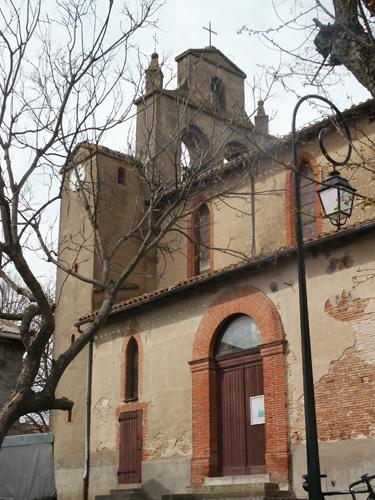Church of Saint-Etienne
Rich in a long and well-documented history, there are several centuries to be covered in this modest church in the region. Built in the Romanesque style, there are traces of polychrome paintings dating back just over a century, but which give a pleasant account of what the statues and scenes painted on churches in the past might have looked like.
About this building
During the XIV°, the Church reinvested the ruins of the fortified castle destroyed by the Black Prince in 1355. The first construction is a low, rectangular architecture, flanked by a tower that is still visible. Around 1860, as the sanctuary was considered too small, an extension project was entrusted to the architect Fitte. The church was completely repainted in 1890 by a regional painter from Saint-Julia Raymond Peyssou, as these two signed "culs-de-lampe" testify.






